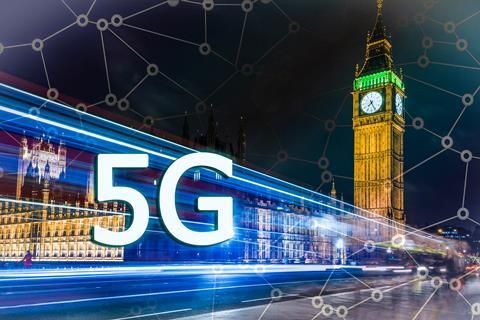Five Ways 5G Will Change Digital Advertising

Nine months ago, 5G was set to take the mobile and digital world by storm. Depending on who you ask, 5G could be a major boon for digital media, or the latest in a long line of tech developments hyped up way too soon (VR anybody?).
5G, the network that mobile data passes through, doesn’t have a set definition nor standards and tech specifications. But it’s generally agreed that 5G will make data uploads and downloads on mobile devices a whole lot faster. We’re talking about downloading a 3-hour movie via your wireless network in seconds. The shift from 4G to 5G will enable a new breadth of possibilities because it operates 1,000 times faster and with 100 times less latency.
Read More: AI and the Future of Content Management
There is plenty about its rollout for marketers and advertiser to salivate on. But for it to deliver on the hype, it needs to actually arrive. When that happens, here are five ways that 5G is poised to affect advertising overall.
Faster Load Speeds
What appeals to advertisers is 5G’s faster data loads. Remember how broadband Internet-fueled digital media consumption on desktops, and subsequently drove digital advertising opportunities? Faster speeds mean more content to view – web pages, apps, games, and more. It will then translate to more advertising opportunities on mobile devices. Imagine how much more consumers use their mobile devices when content is fed to them at a faster rate.
Improved Ad Experiences
There is a lot of potential to improve ad quality and delivery on mobile devices – thus, improving the user experience. Mobile advertising suffers from lag times and latency that have long impacted the split-second load of both a page’s contents and intended ads. In an age where people are constantly scrolling, slower load times rob advertisers of the opportunity to connect with the right consumer at the right time. While the jury is still out on whether or not 5G enables access to higher quality video in ads, a simple factor such as loading an ad on-time can improve the user’s experience and make them less annoyed with ads.
Precise Locations
Higher data speeds, improvements in geo-capabilities and better sensors will enhance location services. Although location has vastly improved in the last few years, there is ample room for growth. Advertisers get a more seamless ability to source and deliver location-based data to millions of devices simultaneously. This capacity will bring even better location capabilities to users. Some location-based ad strategies, while cool in concept, are negatively impacted by jammed signals where too many people are trying to access their networks simultaneously. Ad strategies built around marketing at large events where thousands of people could be accessing data simultaneously could use improvement. You feel me, Coachella?
AR and AI
5G is forecasted to improve VR, AI and IoT. It is expected to transform the way consumers interact with Augmented Reality. Data must be rendered in real time to offer a convincing and immersive experience for users. 4G, by comparison, struggles to deal with the weighty data capacity that AR demands. In addition to offering more immersive AR experiences, 5G may expand the connected functionality of remote-control drones, cars, and robots. There is also the plan to use XR or extended reality, which will offer greater immersion and engagement to users. As these new means of connectivity gain adoption, the opportunities to launch ads in connected spaces will expand.
B2B Targeting
This observation may be quite a jump to forecast against, but 5G can improve targeting for niche business-focused audiences. At Mobile World Congress, Qualcomm proclaimed that 4G was about consumers and 5G is about enterprises. Its speeds will enable business applications to run more smoothly, generating more activity and use. This results in more accurate up-to-date user data. These business app experiences are challenging to perfect in mobile. B2B advertisers may create more techniques and tactics as 5G juices business application usage. Faster speeds, enhanced and purposeful functionality in apps and other connected spaces leads to a scalable volume of data on highly sought-after business professionals and business decisionmakers.
Nearly a decade ago, the debut of 4G in 2010 brought with it the birth of Google Maps and Snapchat and other apps that dramatically shifted how people leverage the function of mobility in online environments. By next year, there will be much more to see as mobile speeds grow.
Source: Noor Naseer, Mar Tech Series


